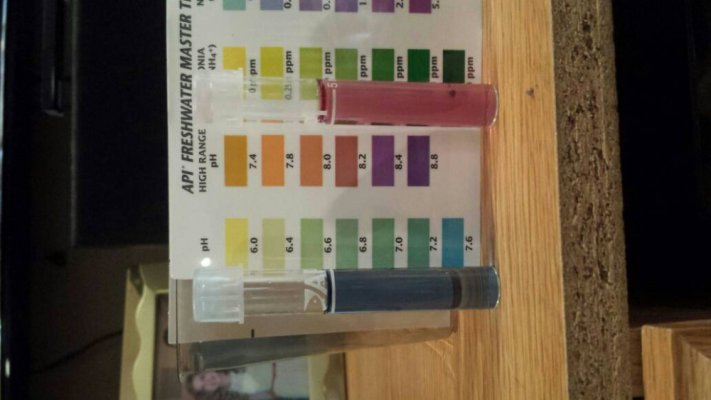fish wrangler
Aquarium Advice Addict
Doesn't the high range pH kit mentioned above only test pH above ~7.4? I think the regular pH test from API is the one you want. It 6.0-7.6 is I remember correctly.
As far as I know there are no liquid or strip tests that can go lower than 6. I use a digital meter for that.
6.0-7.6 is the normal pH range for API liquid
Sent from my SCH-I545 using Aquarium Advice mobile app


